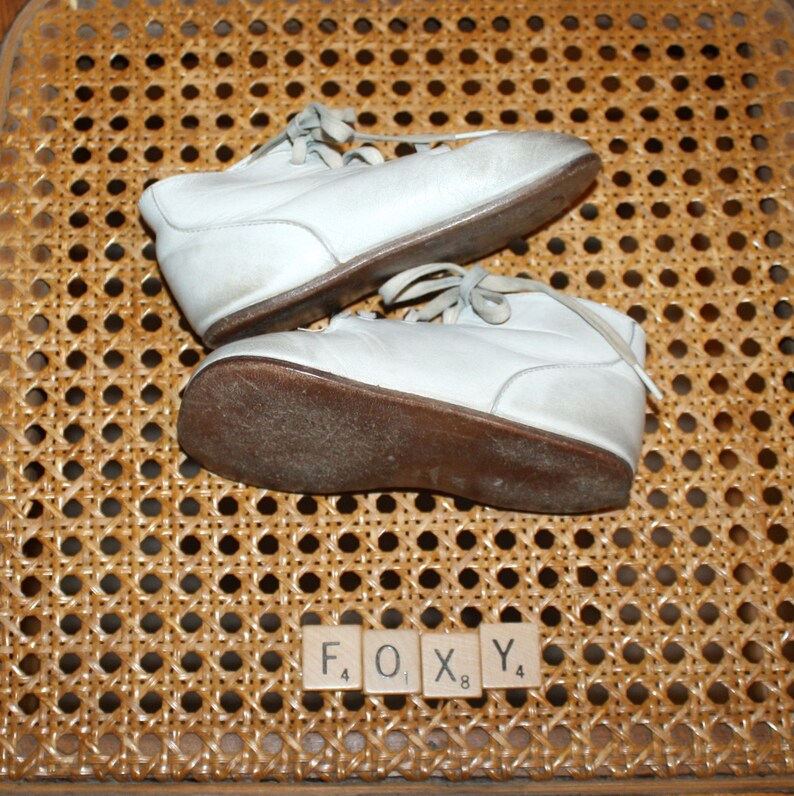

And with a price tag of $39, the lightweight and flexible Ten Little First Walkers are one of our more budget-friendly picks. While we appreciate that the white foot-shaped toe box protects your baby’s tiny digits, it does scuff easily.Īvailable in heather gray, navy, sage green, rose pink, and ocean blue, there’s a pair to match just about any outfit. Plus, the shoes are breathable: We didn’t notice sweaty little feet at the end of the day. The double Velcro straps keep the shoes fitting snugly and securely all day, and they also allow you to adjust the fit depending on the thickness of the socks your baby’s wearing. We appreciate how much the tongues of the shoes expand to slide the baby’s foot in, which is particularly useful if you’re also wrangling a squirmy little one. Plus, the cotton and polyester upper is breathable and comfy. Though the rubber soles technically make this a hard-soled shoe, the soles are super flexible and provide great traction. One editor’s 18-month-old is excited to put her shoes on every morning, and this is the pair she prefers to grab for daycare and trips to the park. Soft, flexible, and a breeze to slip on, the Ten Little First Walkers earned our top spot, impressing us across the board. To ensure medical accuracy and integrity around the development of feet and the proper footwear for babies, a family physician on our Review Board reviewed this article and its contents. We also considered the shoes’ design, looking primarily at function but also at style. During this period, we observed the effectiveness of the shoes’ traction, how easily our kids could walk and cruise in them, how flexible or rigid the soles were, and the ease of putting them on and taking them off. After making sure the shoes fit the kids properly, we asked them to have the kids wear the shoes daily for two weeks-for a total of 5,280 hours of shoe testing. To find the best baby walking shoes to protect those tiny toes and support foot development, we put 21 pairs of top-rated baby shoes to the test, sending them home with our editors to use with their little ones. Most babies should start out with a soft-soled option and then graduate to a firmer sole (one that’s still very flexible), but our experts recommend checking with your pediatrician if you have questions. Beginning walkers need shoes with plenty of flexibility and toe room for healthy foot development a sole that’s too rigid can impede that process. Though grabbing the cutest pair of shoes you see on the shelves may be tempting, not all baby walking shoes are created equal.

Plus, many daycares and preschools require shoes, so your little one needs to grow accustomed to them for that reason, too. Because of potential dangers like broken glass, sharp rocks, and unfriendly insects, pediatricians and podiatrists recommend using baby walking shoes when stepping outside most-if not all-of the time. While the best thing for a baby learning to walk is to be barefoot, that’s not always the safest option.


 0 kommentar(er)
0 kommentar(er)
